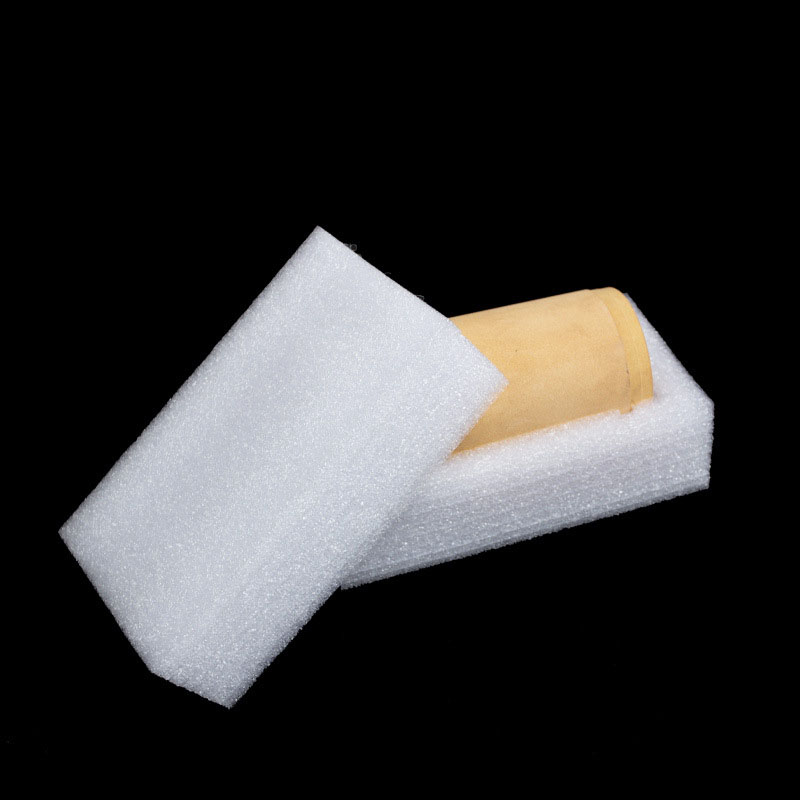EPE Molded Foam Inserts Production Process
2024-07-15
The production of EPE (Expanded Polyethylene) molded foam inserts is a crucial process that plays a vital role in the packaging and protection of various products across a wide range of industries. EPE foam, renowned for its exceptional cushioning and insulation properties, is a versatile material that has become increasingly integral to modern product manufacturing and logistics.
The EPE molded foam insert production process is a complex and meticulously engineered procedure that involves several crucial steps, each designed to ensure the consistent quality and performance of the final product. This essay will delve into the intricacies of this process, providing a comprehensive overview of the key stages involved.
The first step in the EPE molded foam insert production process is the raw material preparation. EPE resin, the primary component, is carefully selected and subjected to rigorous quality control measures to ensure its purity and consistency. The resin is then fed into an extruder, where it is heated and melted, transforming it into a moldable material.
The next stage is the foam expansion process. The molten EPE resin is injected into a mold, where it is exposed to high-pressure steam or heat. This process causes the resin to expand, creating the characteristic porous structure that gives EPE foam its exceptional cushioning and insulation properties. The mold design is meticulously engineered to produce the desired shape and size of the molded foam insert.
Once the foam has expanded and taken the desired shape, the mold is cooled, allowing the EPE foam to solidify and retain its form. This cooling process is critical, as it ensures the structural integrity and dimensional stability of the final product.
Following the cooling stage, the molded foam inserts are carefully removed from the mold and undergo a series of finishing processes. These may include trimming, cutting, or shaping the inserts to fit specific product requirements, as well as the application of any necessary surface treatments or coatings.
Quality control is a fundamental aspect of the EPE molded foam insert production process. Throughout the various stages, strict inspection and testing protocols are implemented to ensure the consistent performance and reliability of the final products. This may include dimensional measurements, density checks, compression testing, and other specialized evaluations to verify that the inserts meet or exceed industry standards.
The final step in the production process is packaging and distribution. The molded foam inserts are carefully packaged to protect them during transportation and storage, ensuring that they reach their intended destinations in pristine condition. The packaging may include additional protective materials, such as shrink-wrap or protective films, to further safeguard the inserts.
In conclusion, the EPE molded foam insert production process is a complex and meticulously engineered procedure that is essential to the packaging and protection of a wide range of products. From raw material preparation to the final packaging and distribution, each stage of the process is designed to ensure the consistent quality and performance of the EPE foam inserts. By understanding the intricacies of this production process, manufacturers and end-users can better appreciate the value and importance of these versatile and effective packaging solutions.
Xiamen Guan Hua Technology Co., LTD. Welcome to inquire!
 English
English Español
Español Português
Português русский
русский Français
Français 日本語
日本語 Deutsch
Deutsch tiếng Việt
tiếng Việt Italiano
Italiano Nederlands
Nederlands ภาษาไทย
ภาษาไทย Polski
Polski 한국어
한국어 Svenska
Svenska magyar
magyar Malay
Malay বাংলা ভাষার
বাংলা ভাষার Dansk
Dansk Suomi
Suomi हिन्दी
हिन्दी





